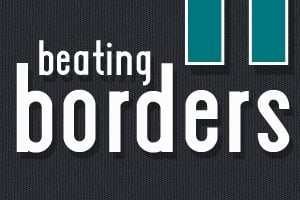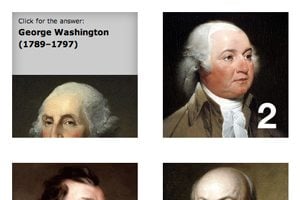
CSS / 23 Jan 2012
Nailing Browser Support in CSS3 and HTML5: Invaluable Resources to Use Today
New technologies are making web development more exciting than ever before. HTML5 and CSS3 provide a double dose of modern practices that are absolutely refreshing and empowering. Unfortunately, utilizing these technologies can considerably complicate your quest for cross browser compatibility.
How can you know which techniques are safe to use now and which you should either provide alternatives to or avoid altogether? Join us as we take a look at a handful of our favorite resources that quickly and easily help you make informed decisions about real world HTML5 and CSS3 implementation.










